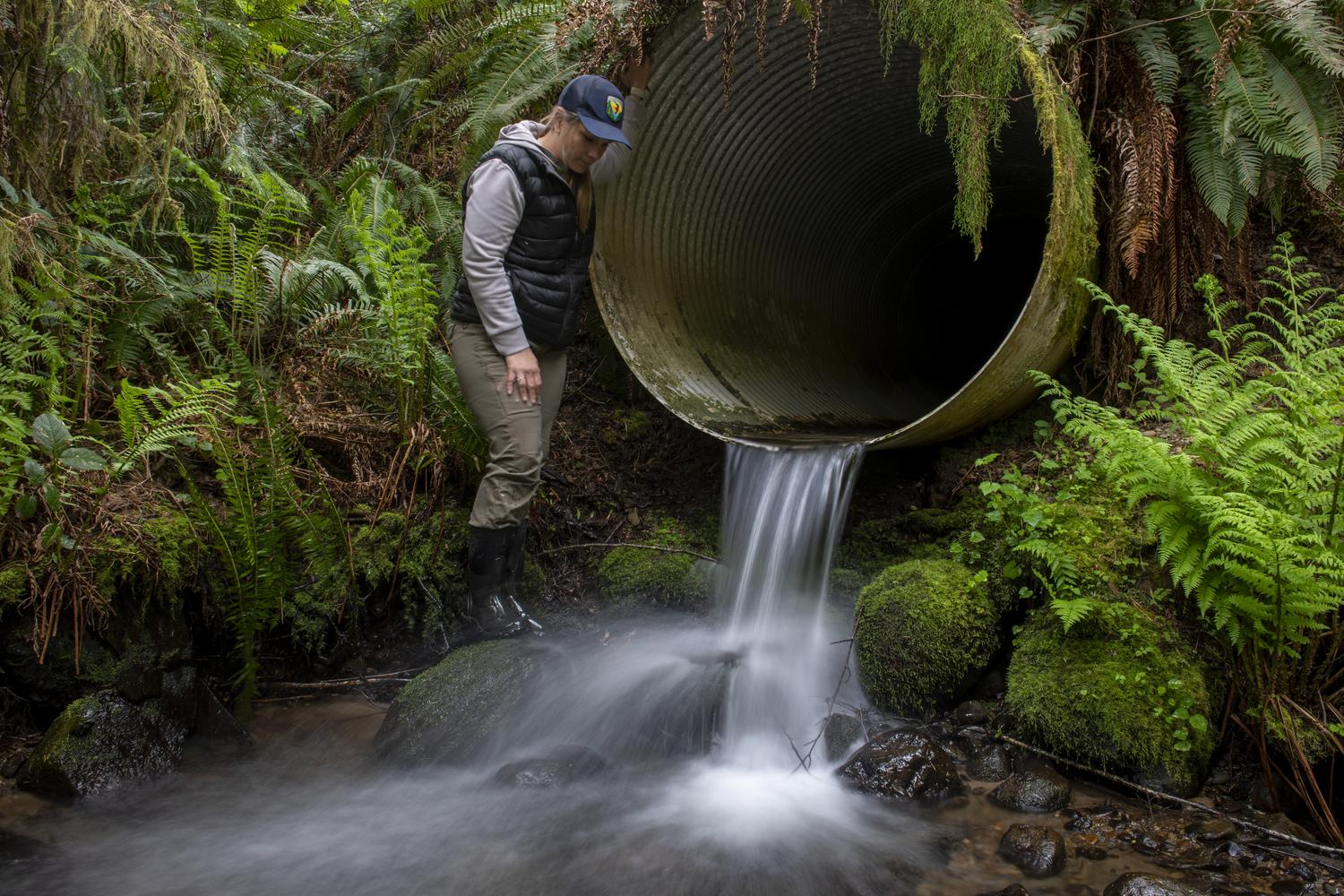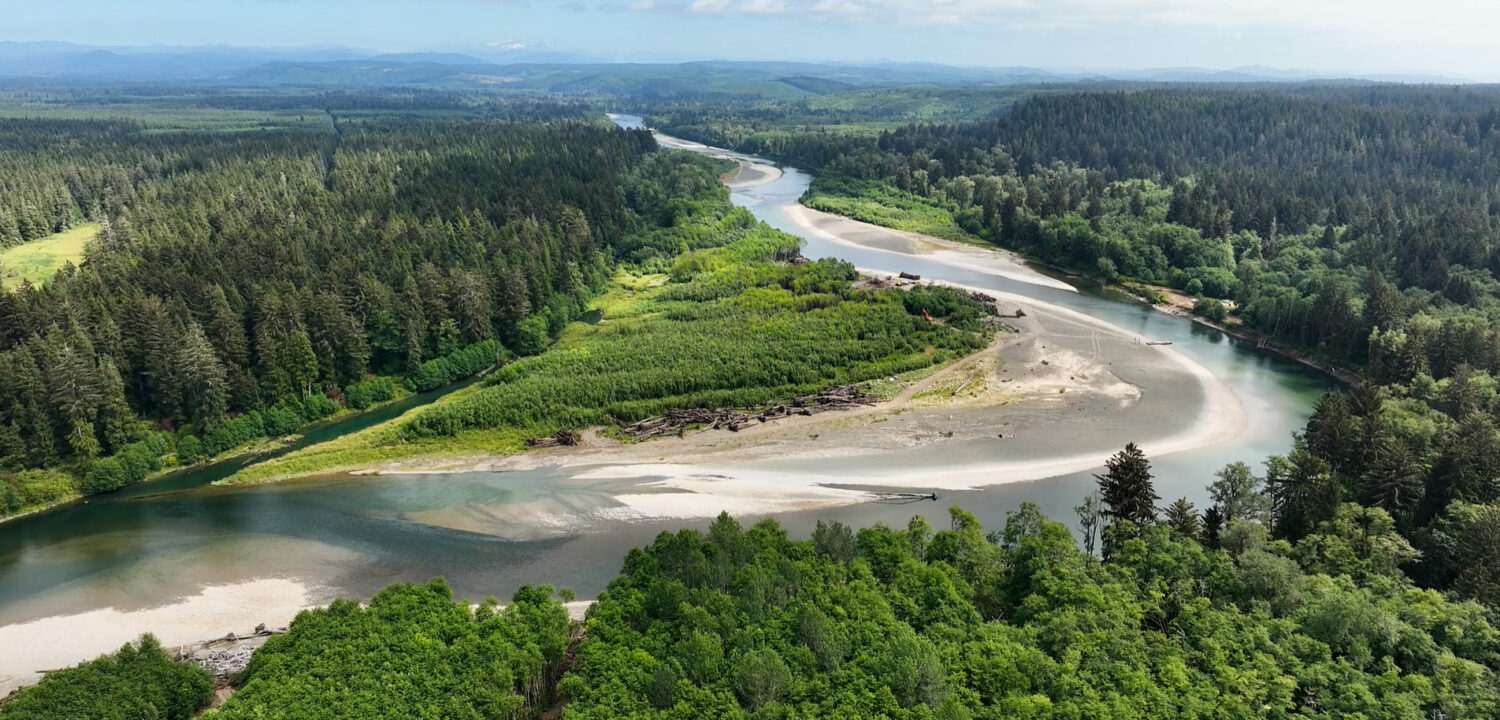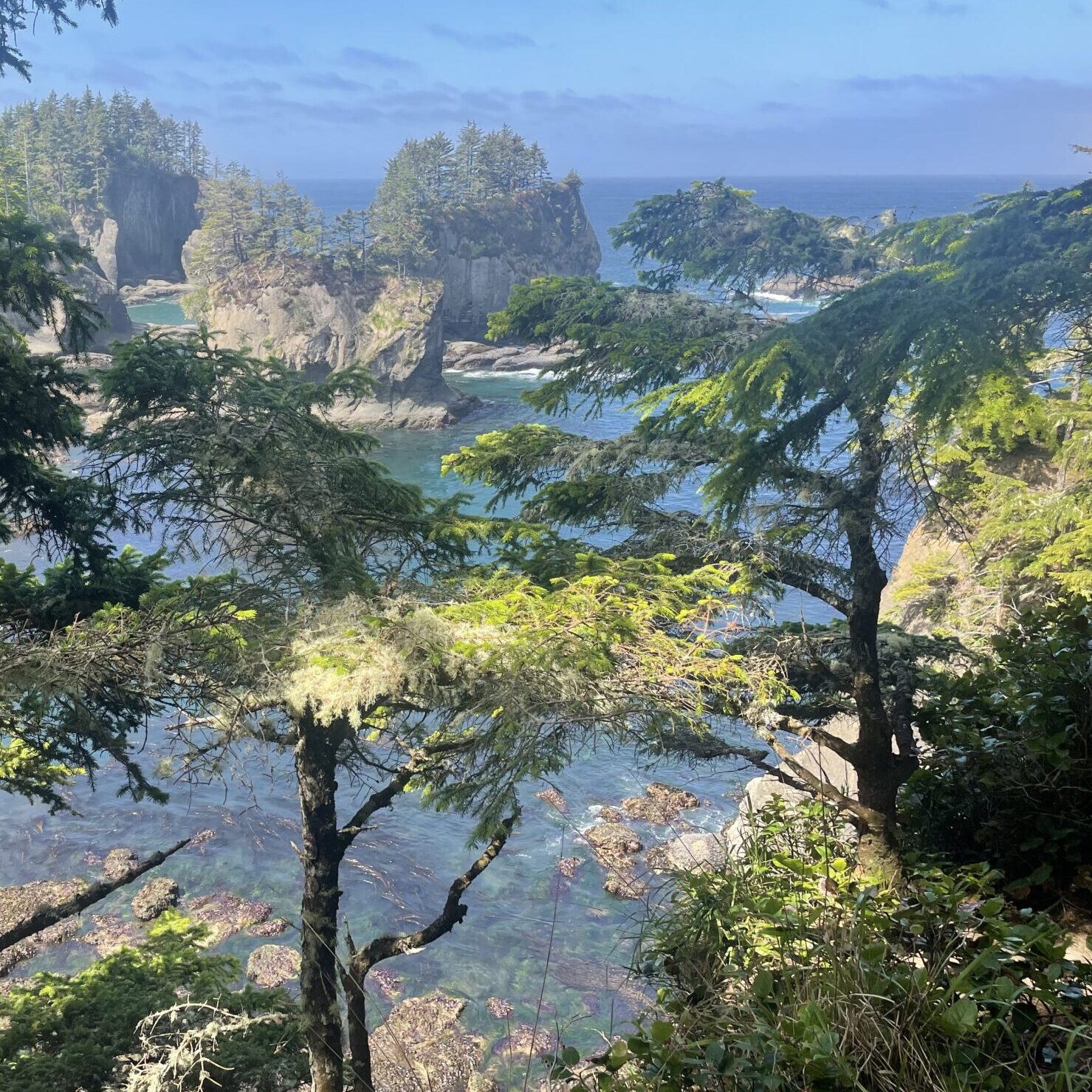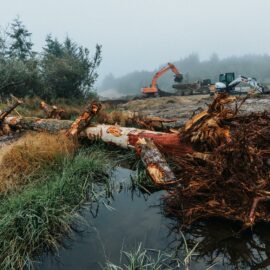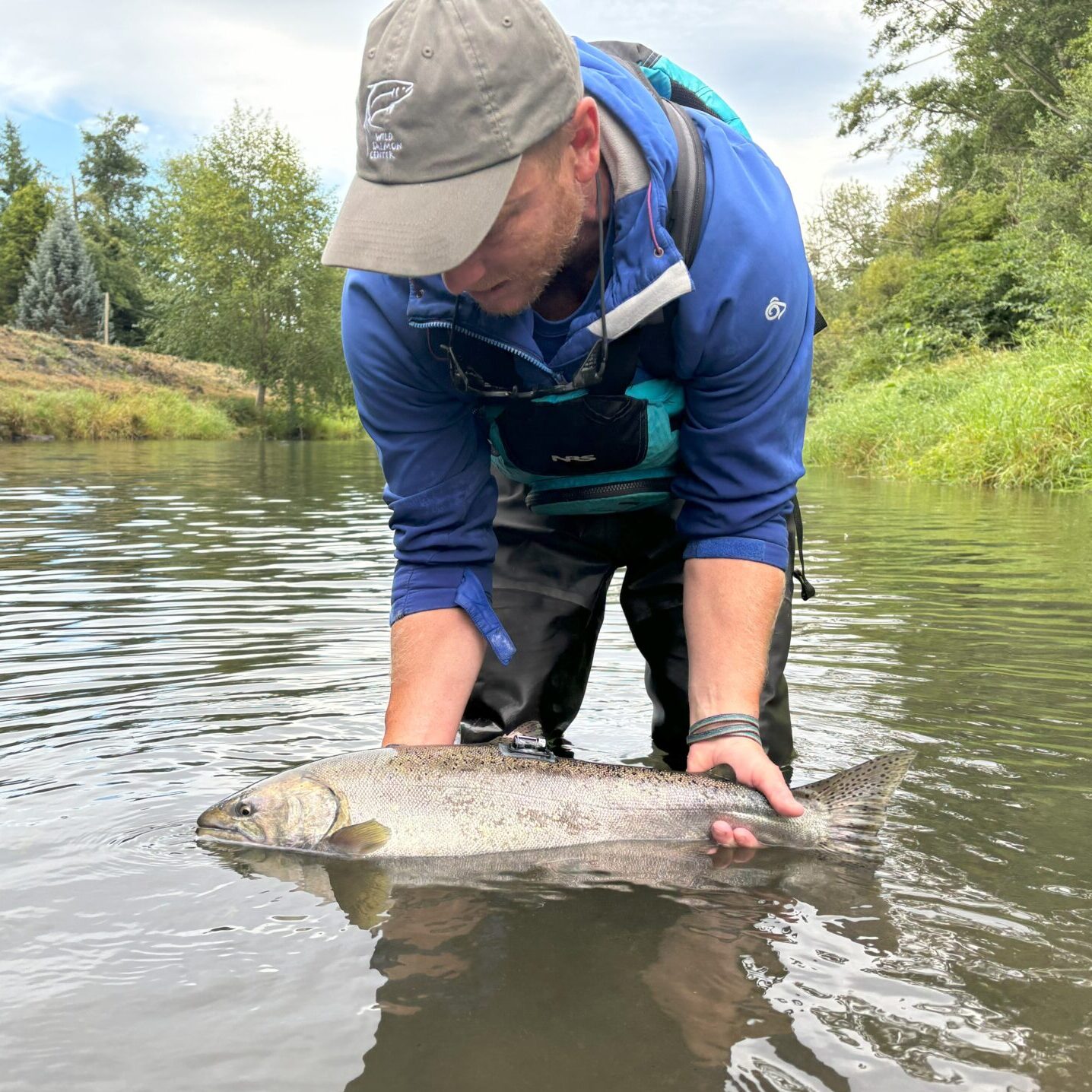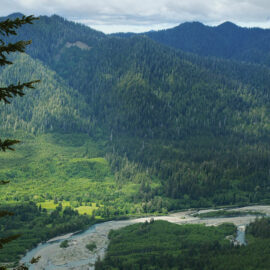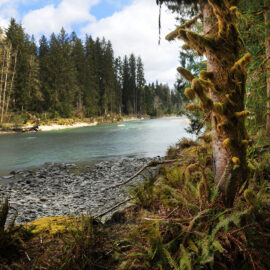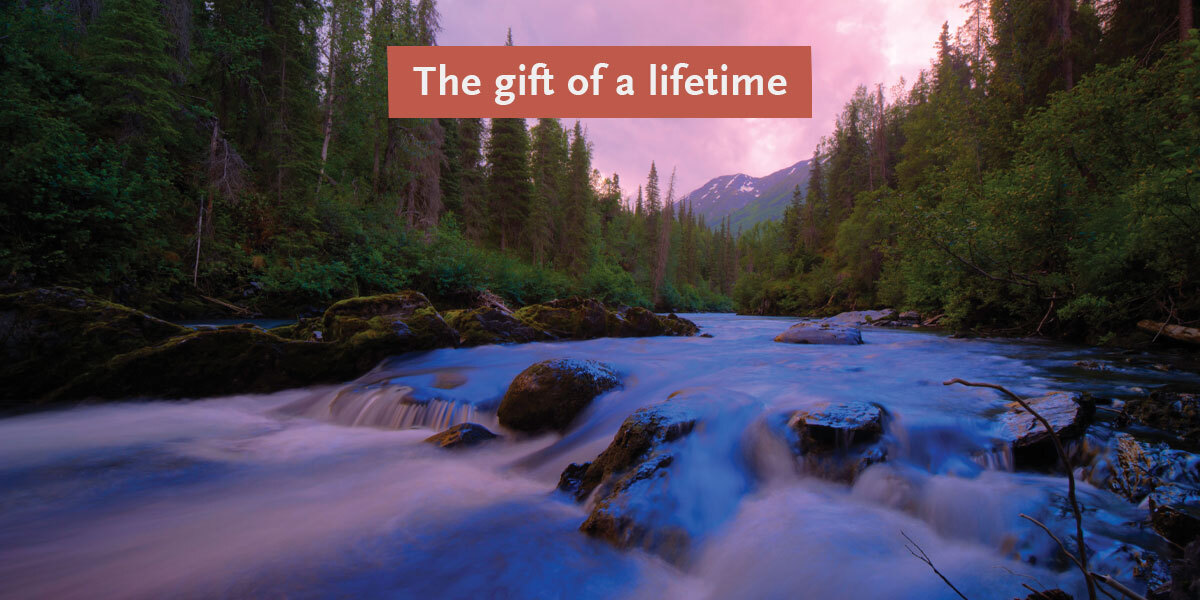The greatest concentration of stronghold rivers in Washington
Washington’s coastal rivers produce some of the most abundant and diverse wild Pacific salmon populations remaining south of Canada. Healthy temperate rainforests in Washington, fed by spawning salmon and rich rainfall, support up to 500 tons of living organisms per acre. The number of adult salmon, however, has been severely reduced and scientists estimate run sizes are less than ten percent of historic levels due to a legacy of excessive habitat damage, overfishing, and harmful hatchery practices.
The coast is a prime opportunity to invest in salmon strongholds – before they become endangered.
Building a coalition
Since 2006, Wild Salmon Center has been working with a diverse coalition on the Washington Coast to create the first unified salmon conservation plan for the region, spanning over three million acres. Participants include the fishing and timber industries, tribes, state agencies, watershed councils, local governments, and conservation partners. Now 44 members strong, the Washington Coast Salmon Partnership’s balanced strategy for maintaining healthy salmon strongholds while supporting human needs — “Protect the Best, Restore the Rest” — has been adopted by the Governor’s Salmon Recovery Office.
In 2015, the coast received more than $11 million in new state funding for coastal watershed restoration, part of the larger Washington Coast Restoration Initiative and a down payment on long term coastal restoration.
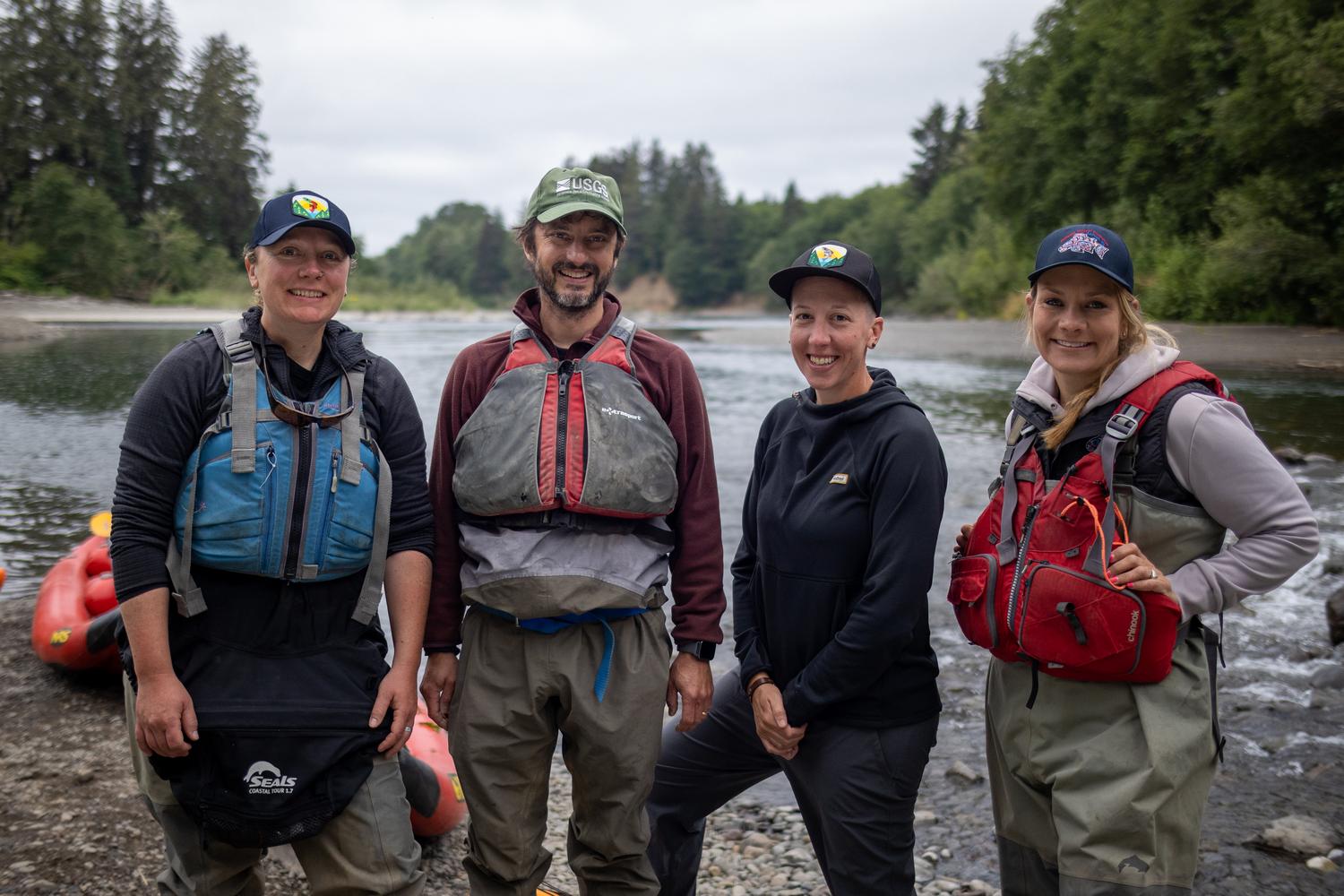
Reforming wild steelhead management
The Olympic Peninsula’s wild steelhead runs are in crisis, with repeated closures to fishing and staggering long term declines in abundance and migration periods.
WSC is working with coastal partners, including Tribes, state agencies, scientists, guides and conservation organizations, to overhaul the state’s approach to steelhead management.
In addition to replacing the agency’s current plan with multiple plans tailored to specific watersheds, the new strategy will also reflect a paradigm shift within Washington Department of Fish and Wildlife toward a broader view of fishery health—one that considers criteria including steelhead productivity, distribution, and diversity alongside total abundance.
This more customized and comprehensive approach will help WDFW pivot steelhead management away from the crisis posture of recent years—seen in moves like emergency fishing closures and bans on recreational fishing from boats—and toward proactive restoration measures informed by an expanding body of steelhead science.
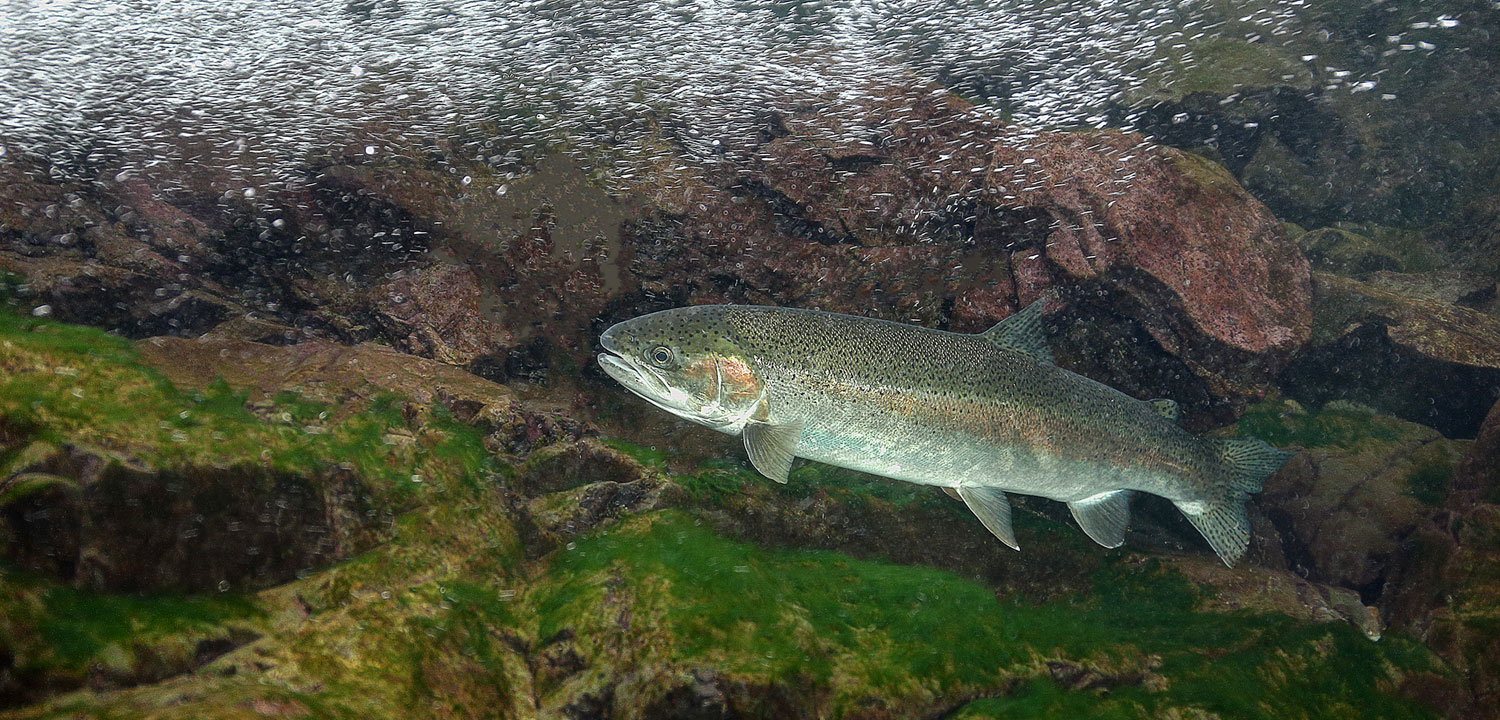
Connecting fish to cold water
Coastal salmon strongholds like the Hoh, Queets, Quillayute and Quinault rivers have the greatest likelihood of providing strong runs of wild salmon and steelhead into the future. But even these strongholds face challenges. Many streams are blocked by culverts and roads that prevent fish passage: there are 4,000 blockages on coastal rivers.
Using our latest salmon habitat maps and a thorough ground survey with our partners at Trout Unlimited and Coast Salmon Partnership, we’ve pinpointed the most important investments to reconnect to cold water. Working with these partners and others, we will remove barriers and reconnect 125 miles of blocked habitat over the next five years.
Learn more at the Cold Water Connection campaign page.
